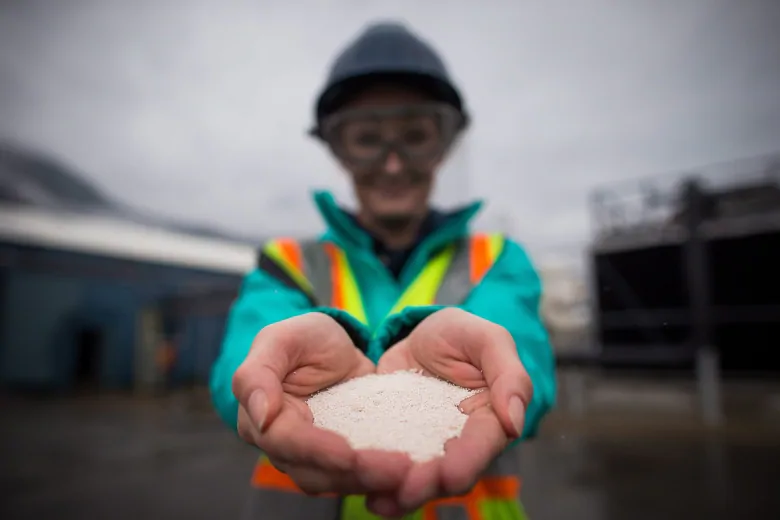Microsoft says it will be 'carbon-negative' — not just neutral — by 2030

Microsoft Corp said on Thursday it aims to remove more carbon from the atmosphere than it emits by 2030 and that by 2050, it hopes to have taken out enough to account for all the direct emissions the company has ever made.
The focus on removing existing carbon from the atmosphere sets Microsoft’s climate goals apart from other corporate pledges which have focused on cutting ongoing emissions or preventing future ones.
Speaking from a stage at Microsoft’s headquarters in Redmond, Wash., Chief Executive Satya Nadella said that corporations need to create profitable solutions for the problems of both people and planet.
“If the last decade has taught us anything, it’s that technology built without these principles can do more harm than good,” he said. “We must begin to offset the damaging effects of climate change,” he said, adding if global temperatures continue to rise unabated, “the results will be devastating.”
The announcement by the world’s largest software company is the latest in a flurry of climate goals set out by firms after President Donald Trump announced in 2017 his decision to pull the United States out of the Paris Agreement, the global pact to fight climate change.
Microsoft plans to cut its carbon emissions by more than half by 2030 across its supply chain. The plan includes the creation of a “Climate Innovation Fund,” which will invest $1 billion US over the next four years to speed up the development of carbon removal technology.
Technology needed that ‘doesn’t fully exist today’
“When it comes to carbon, neutrality is not enough,” Microsoft President Brad Smith said.
He added that the effort “will require technology by 2030 that doesn’t fully exist today,”
When it comes to carbon, neutrality is not enough.– Brad Smith, Microsoft
Microsoft will also expand an internal fee that it has charged to its business groups to account for their carbon emissions, Smith said.
Since 2012, Microsoft assessed the fee on direct emissions, electricity use and air travel, among other activities, but will expand it to cover all Microsoft-related emissions.
“That money is used, then, for us to invest in our work to reduce our carbon emissions,” he said.
Investment in B.C. firm
Co-founder Bill Gates was an early backer of British Columbia-based Carbon Engineering, one of a handful of companies developing direct air capture technology.
Microsoft’s goal to have removed enough carbon by 2050 to account for all its emissions since its founding in 1975 encompasses direct emissions from sources such as company vehicles and indirect emissions from electricity use, it said.
But even as technology companies have stepped in with their own climate goal plans, they have faced criticism from their employees for doing too little.
Amazon.com Inc, the world’s largest online retailer, last year pledged to be “net zero carbon” by 2040 and to buy 100,000 electric delivery vans from a startup, after employee activists pushed the retailer to take a tougher stance on climate change.
Microsoft plans to become net zero carbon a decade earlier than Amazon, although this is in part because its emissions are roughly a third less.
Microsoft expects to release 16 million tonnes of CO2 in 2020, including indirect emissions from activities like corporate travel.
Amazon runs a bigger cloud business than Microsoft and a massive retail and logistics organization, with packaging, delivery and customer trips to its chain of Whole Foods stores all piling on to its carbon footprint. Including indirect sources, it emitted more than 44 million tonnes of carbon in 2018.
It was not immediately clear if the figures reported by the companies were exactly comparable.
Committed to work with oil and gas
Both Microsoft and Amazon have come under fire from activist tech workers who have demanded they stop supplying technology to oil and gas companies. Microsoft in 2017 announced a multi-year deal to sell cloud services to U.S. energy giant Chevron Corp
In a blog post, Microsoft on Thursday reiterated its commitment to working with oil and gas companies.
“It’s imperative that we enable energy companies to transition, including to renewable energy and to the development and use of negative emission technologies like carbon capture and storage and direct air capture,” Microsoft said.





